Leland Stanford Junior University Football Offensive Preview
You know what's offensive? The garbage football product LSJU puts on the field.
I know it’s the traditional week for the Big Game, but it feels weird playing Stanford so early in the season. Last year, I had an entire year of Stanford football to draw highlights (err, lowlights) from for my articles (offensive preview, defensive preview). I would have liked to do that again; pull out all the lowlights from Stanford’s first two football games this season, but I was told there would be copyright issues with ESPN if I were to simply reproduce entire football games here.
The current pandemic has had a big impact on the already shortened season, with 2 Pac-12 games being canceled every week so far (including this one). However, there is one silver lining to all these social distancing restrictions and empty stadiums: no one has had to see that stupid Tree at all this season.

This game will be played at Cal, which is a huge relief, since Cal won’t have to make the trip into hostile territory and play in an absolutely raucous environment.

I mean, just watch as the crowd goes wild:
Having the game so early in the season is actually an interesting twist this year, since it typically takes David Shaw at least 9 games to finally figure out what works on offense. We know that Shaw loves smashmouth football, and boy, when they get rolling, they can be hard to stop:
In the past few seasons, Stanford has stubbornly stuck to their traditional offensive format, where they try to see how many linemen they’re allowed to put on the field so that they can run the ball a grand total of 2 yards. They’ve had increasingly diminishing returns with this approach, and usually late in the season, they realize they would have more success throwing the ball with one of their talented quarterbacks. It’s hard to tell if Stanford is again learning that lesson at an accelerated rate this season (which seems implausible, considering I just used the words “Stanford”, “learning”, and “accelerated rate” all in the same sentence), or if they just have a lot more passing attempts because you pretty much have to throw it when you’re losing by a lot, something Stanford is quite fond of doing.
Speaking of passing, let’s take a look at the quarterback.
Quarterback
One thing that makes no sense to me is how Stanford is even attracting highly-rated quarterbacks to their junior university in the first place. Does David Shaw go into their homes, channel his inner-Justin Fields, and ask them if they want to “hand the ball off good as f***”? Or does he really woo them with education— “I promise, our college credits are transferable to most of the top online degree mills in the Farmington, New Mexico region”? Who knows.
The starting quarterback is a guy named Davis Mills, which disappointingly isn’t the name of a gluten-free oat cereal like I assumed (which would have been far more exciting). When he isn’t impressing the other Stanford students with his extensive knowledge of the multiplication table in his Advanced Counting class, he’s a pretty decent quarterback.
He’s an accurate passer, not afraid to throw into tight coverage:
And it’s not just his ABCs he knows how to read: he’s can also read coverages:
Mills is a very sharp quarterback when he’s working with a clean pocket. When he has time to read the field, survey the coverage, and let plays develop, he will find the open window. Here he pulls the safety off his intended receiver, Connor Wedington, when he sees that Wedington has outside leverage on the corner, and hits him with a back shoulder throw:
Mills has the arm strength to make all the NFL throws, and shows good mechanics when he has a clean pocket. However, his mechanics tend to break down when he starts feeling pressure. Mills does well when he starts to get into a rhythm, usually with a lot of short and intermediate throws (and he’s fond of timing routes), so it’s important to knock him off his rhythm. When facing pressure, he does tend to get antsy and let go of the ball too soon. He also sometimes has a tendency to lock onto his pre-snap read, so I think Cal can definitely fool Mills by disguising some coverages. I think as he gets more experience to deal with these sorts of things and more comfortable against pressure, he can definitely be an early-to-mid round NFL QB.
Davis Mills was picked off twice in last year’s loss to Cal, with one of those throws being an insanely athletic play by now-Falcons safety Jaylinn Hawkins, and the other being an errant throw by Mills. Mills will be a much stiffer test for the Cal secondary than Dorian Thompson-Robinson and Tristan Gebbia. In fact, I’d still say that even if one of Stanford’s backup quarterbacks were playing: Jack West or Tanner McKee. Both of them are talented quarterbacks with strong arms:
Simi Fehoko beat Cam Bynum with this same double-move last year, although Mills ended up overthrowing Fehoko deep.
Jack West played most of the Oregon game, due to contact-tracing protocols, so it’s always plausible that we may see the backup(s). Both of them have strong arms and good accuracy, although they were working with simpler (e.g. half-field read) offenses.
One small but notable detail about the Stanford quarterback room: QB Isaiah Sanders transferred from the Air Force Academy (recall that the Air Force runs the triple-option), and thus we may see some designed quarterback runs if Isaiah Sanders takes the field.
Running back
Stanford’s offenses under Shaw have always revolved around a gigantic offensive line blocking for an NFL-caliber running back: Toby Gerhart (2nd round NFL draft pick), Stepfan Taylor (5th round), Tyler Gaffney (6th round), Christian McCaffrey (1st round, 8th overall), Bryce Love (4th round), and as we start to approach the present day… Cameron Scarlett (undrafted free agent), to the current starter, Austin Jones.
Similarly, when Stanford was having 10+ win seasons and going to Rose Bowls, they also had multiple offensive linemen on those lines that ended up being drafted in the NFL.
I know your reading comprehension is above a Stanford-level, but I’ll spell it out anyway: NFL-caliber offensive linemen + NFL-caliber running back = run the dang ball = success. That’s the Stanford offensive formula. So what do you when it stops working, because you no longer have NFL-caliber offensive linemen or NFL-caliber running backs? Well, you resist change, and ride that baby all the way to a 4-8 season.
Regarding Austin Jones, there isn’t all that much tape to go over. From what I saw, I thought he was a patient runner, and he showed good vision:
This is the quintessential Stanford play, except Davis Mills earns negative points for not also trying to block someone. I’m sure he was chewed out for this mistake when they reviewed the film.
Jones’ backup is Nathaniel Peat. This is pretty much the only highlight out of either running back this year:
At least it was obvious what type of runner Nathaniel Peat was:
Both running backs are stout power-running types, although Austin Jones has shown the ability to make catches out of the backfield. I haven’t seen enough of either RB to say that they excel in any particular area: neither of them have elite speed, elusiveness, nor a preternatural ability to break tackles. Cal has struggled against the run so far this season (Covid-19 decimating the defensive line certainly didn’t help), so it’s likely that the Stanford offensive line will be able to open up gaps for these backs, but at least they won’t be able to punish Cal for it the way Jermar Jefferson did.
Receivers
I’m sure we’ll see the graphic at some point in the television broadcast, but Stanford is also known for a long string of tight ends being drafted into the NFL. When Stanford did switch to a more pass-heavy offense, it was a big help to QB KJ Costello to have a number of big-bodied receivers as targets (Colby Parkinson, Kaden Smith, JJ Arcega-Whiteside, etc). Luckily, Stanford has lost (most of?) their NFL-caliber receivers, and the ones I do think have the most potential don’t receive much playing time. (Honestly, I think this is the most frustrating thing about David Shaw if I were ever unfortunate enough to be a Stanford fan— he often sticks with his chosen starters even long after their backups have shown a clear ability to supplant them. I’m sure this has some sort of logical rationale behind it, e.g. not wanting to shake the starter’s confidence or something, but go check out how long Shaw stuck by Ryan Burns after Keller Chyrst showed himself to be a better QB, and how long Shaw stuck by Chryst after KJ Costello showed himself to be a vastly superior QB. Shaw has always been extremely resistant to change.)
Stanford’s most frequently targeted receivers are Michael Wilson, Connor Wedington, and Simi Fehoko, but I think their best receiver is actually Brycen Tremayne. Tremayne has the ability to create his own yards after the catch:
And after seeing a ton of dropped balls by the Stanford receiving corps, his most valuable contribution to this team is that he has sticky hands:
Michael Wilson and Connor Wedington are serviceable possession receivers, but don’t possess any of the elite talents of their predecessors.
Simi Fehoko is the typical deep threat receiver, and the understudy to JJ Arcega-Whiteside.
But again, he lacks JJ Arcega-Whiteside’s elite ability to complain to the refs. Did you see Fehoko throw up as hands and then turn to complain about it? His complaint fell just wide of the side judge, and hence the refs failed to register Fehoko’s complaint. He’s going to need to work on his tantrums if he expects to commit offensive pass interference and also draw defensive pass interference flags the way Arcega-Whiteside did.
Lastly, I felt it was worth mentioning that the starting tight end is Tucker Fisk instead of Scooter Harrington, which is another indication that Stanford would like to return to its classic power-run game, as Fisk is the superior blocker while Harrington is the better receiver.
Conclusion
Barring any unforeseen coronavirus-related impact on the game, that this year’s Big Game should mirror last year’s Big Game in a lot of ways. Despite Cal being better in every conceivable way, I expect an uncomfortably close game again. Chase Garbers should have a big day both passing and running, Mills will be picked off after seeing some confusing shifts in the Cal defense, the Stanford running back(s) will score when they shouldn’t, and David Shaw will either punt on the Cal side of the field or settle for a field goal on 4th and 1 when Stanford could really use a touchdown. Still, I expect Cal to pull this one out, and make this abbreviated season worth it.


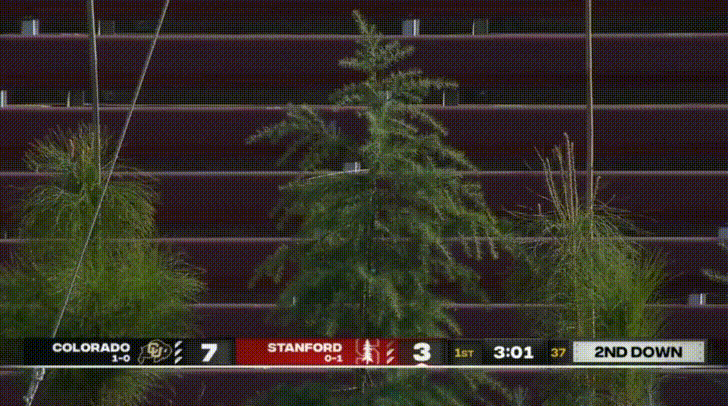

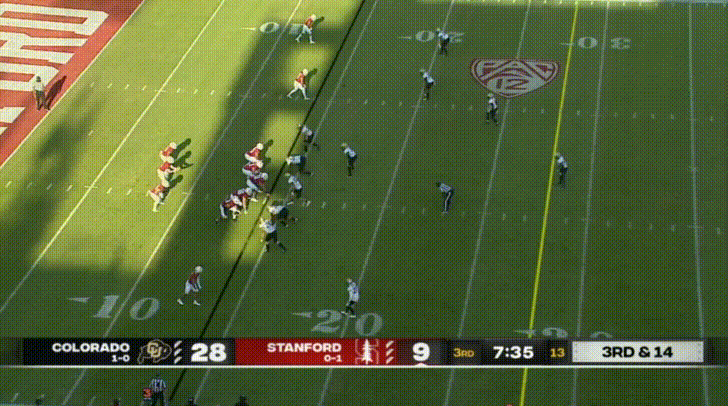
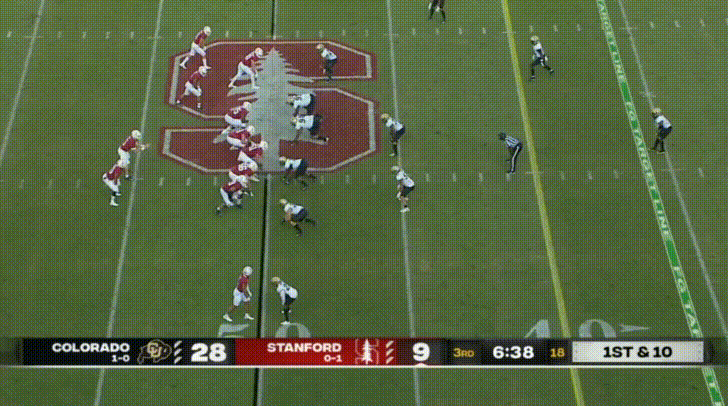
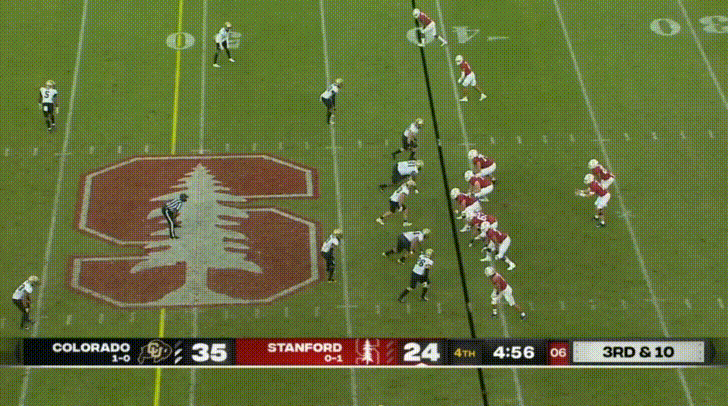
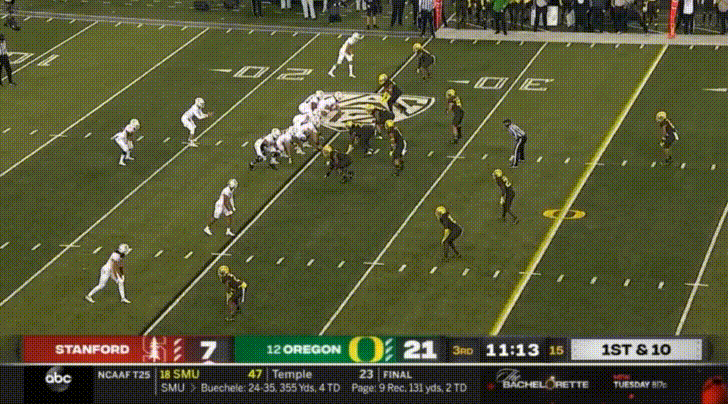
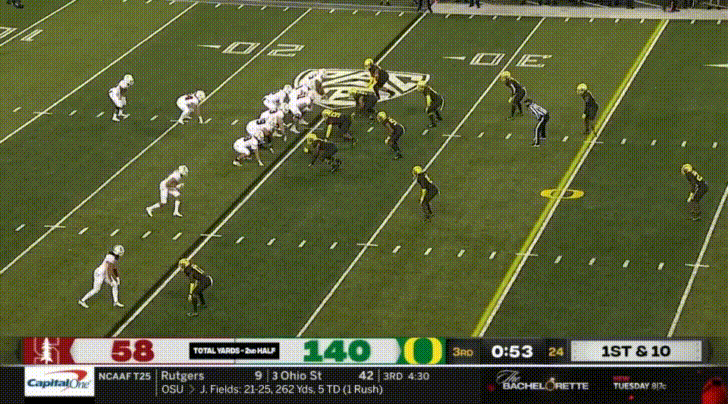
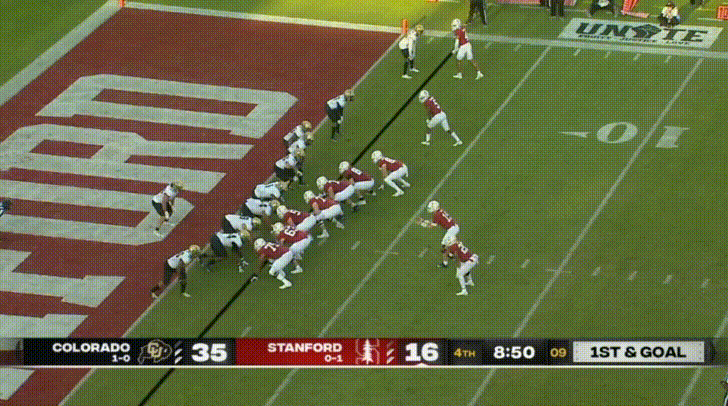

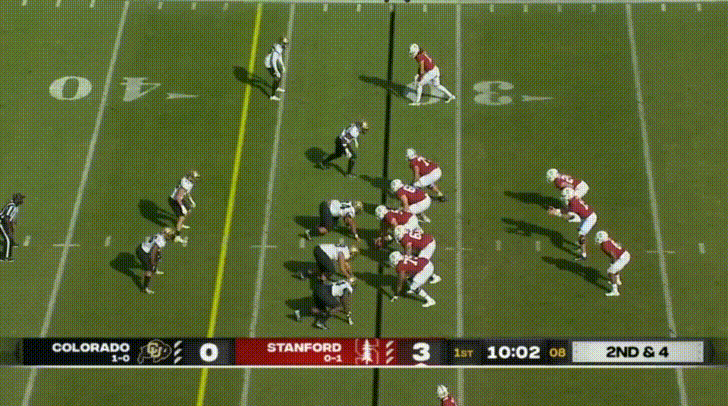


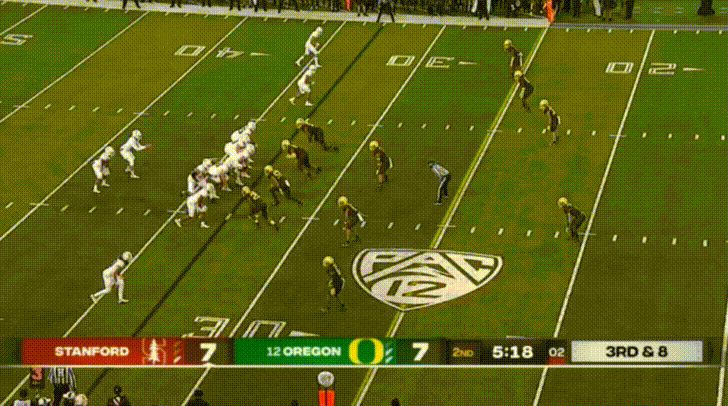
Great write up! Perfect balance of snark and perceptive analysis.
GO BEARS!
BEAT THE TREES!!
Chop them down, mill them into boards, build a house and paint it blue (with gold trim)!!!
Great stuff. I want to take the Furd Advance Counting course to be able to keep score while our Bears pour it on. I assume that the course goes past 10. Go Bears!!!